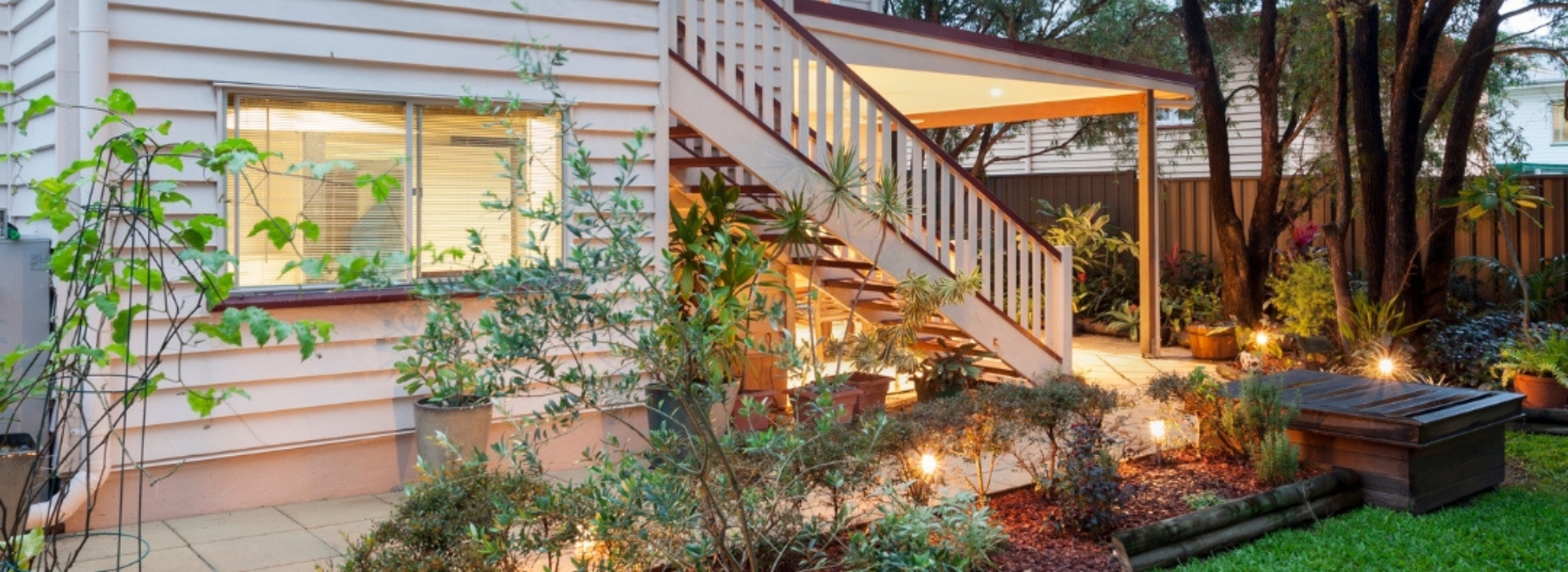


Whilst mortgage brokers can provide clarity and expertise, it’s a good idea to conduct research on your own accord. This can help guide your mortgage broker towards what your goals and expectations are.
When looking at the purchase price of a house, there are several different options available to clients based on their profile. Some people may be eligible for a First Homeowners Grant if purchasing their first property, whilst others may be eligible for a no LMI (Lender’s Mortgage Insurance) product. There are always fees and charges associated with taking out a home loan (No house is ever just purchased outright). Calculating the total expenses when you begin your journey is a great place to start. Other factors to consider before beginning the process are:
Stamp duty is a charge applied by state and territory governments and relates to the transfer of land or property.
Stamp duty can cost tens of thousands of dollars. The exact amount depends on the value of the property, the state or territory the property is in, if the purchaser is a first-home buyer, if it’s an established home, new home, or vacant land, and other factors.
The more expensive the home, the more stamp duty is. For example, a $1 million purchase can attract stamp duty as high as $55,000.
Several states offer stamp duty exemptions and concessions to first-home buyers. On a $500,000 house, first home buyers won’t pay any stamp duty in Victoria, New South Wales, or Queensland
To consider how much you will be able to both afford, and how much your prospective property will cost; it’s worthwhile reviewing your profile as a whole to calculate your borrowing power.
Conveyancing and legal fees are the costs associated with engaging a conveyancer or other professional to do the required legal paperwork when buying a home.
A building inspection is an assessment of a property’s condition done by a qualified inspector, usually before putting in an offer on a property, although an offer can be made conditional on one.
It covers everything from faulty roofs to rising damp and cracked walls, and generally includes information on whether these faults can be repaired and how much repairs would cost.
A lot of buyers ask their inspectors to check for pest damage during the inspection, too. This usually costs a little extra, but is generally advisable, given the extensive damage termites and other pests can cause.
A mortgage registration fee is paid when a mortgage is established or discharged – paid out – against a property.
The land titles office in each state or territory collects the fee for registering the lenders’ mortgage on the title record for the property.
The transfer fee is set by the relevant state government and covers the transfer of title of the property from one party to another.
Loan application or establishment fees are the costs associated with setting up a loan with a lender.
The fees payable depend on the lender, the loan amount, and other factors. They can be a fixed fee or a percentage of the loan amount. This may also differ if you’re using a mortgage broker.
Some lenders will waive these types of fees under certain circumstances.
Lenders’ mortgage insurance (LMI) is a fee banks and other lenders charge borrowers when they’re deemed high risk. Usually, this is when the deposit is less than 20% of their property’s purchase price or those applying have inconsistent income. Technically, the borrower pays the LMI payment in a lump sum at settlement. However, many lenders will offer to finance LMI into the home loan, so it’s added to the monthly mortgage payments. This means borrowers don’t have to have the funds upfront, but it also means paying more interest on the overall loan, resulting in higher monthly repayments.
Council and water rates are another two expenses buyers must consider when buying property.
The seller will have paid any rates owing to the local council – generally until the end of the quarter – and they simply add the buyer’s portion of that amount to the purchase price.
Council rates are determined by the local council, usually depending on a land valuation. Land valuations are usually performed annually by the state government.
While most utilities, like power and gas, will be cut off and then reconnected as part of a sale, with water charges, there is crossover.
The seller is generally required to pay for all the water used up to the settlement date. A special water meter reading is usually done to confirm the amount and then the buyer takes over.
Insurance – both home and contents – are other immediate and ongoing costs after buying a home.
Both protect against a wide range of events such as fire, storm, and flood damage.
A home and contents policy combines the two types of cover. It’s possible to have one policy for the home and another for contents, but most people combine them into one.
The cost of any insurance policy is based on the “sum insured” and the risk of needing to make a claim.
Insurers look at several factors when calculating a premium, including the number of people living in the home, the age of the person getting the insurance, the location of the property, and the crime rate of the suburb.
|
Bill Robb |
Bill has over 26 years of experience working in the finance industry. He has worked across a number of different businesses including Home Loans, Personal Loans, Collections and Insurances. Bill's passion is to utilise his knowledge and experience in the industry to assist clients in meeting their financial goals. |